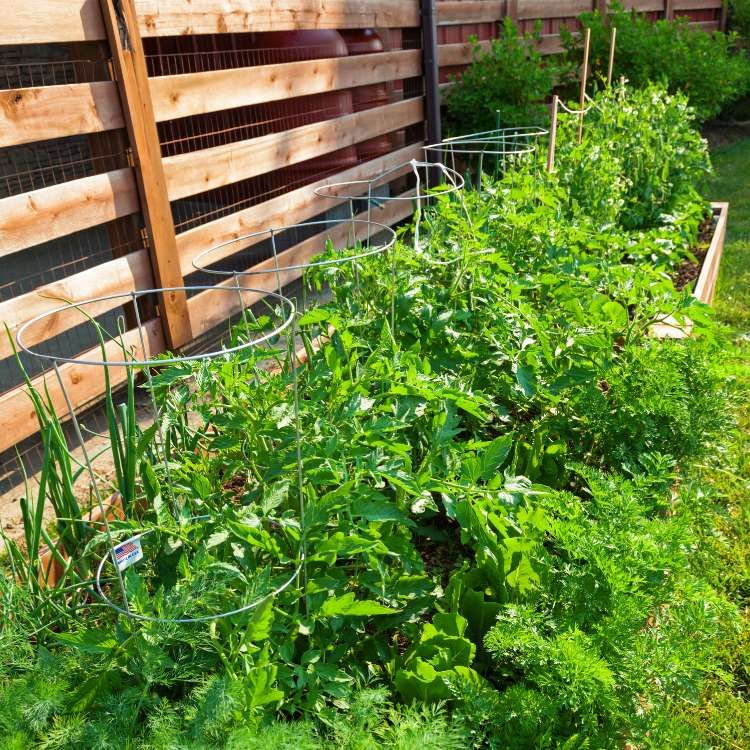
Key Takeaways
Secure your urban garden with physical barriers like fencing and lockable gates to prevent unwanted access.
Use motion-activated lights and security cameras for increased visibility and surveillance.
Employ companion planting with thorny plants and aromatic herbs to deter pests and intruders naturally.
Organize your garden with raised beds and strategic pathways to maximize space and security.
Involve your community to create a neighborhood watch effect, enhancing the security of your urban garden.
Create a Fortified Green Space: Ensuring Your Urban Garden Thrives
As an avid gardener, you understand the importance of nurturing your plants. But it’s equally crucial to protect the fruits of your labor. Urban gardens are not just patches of green; they’re sanctuaries of sustenance and peace. That’s why security is paramount. Let’s dig into the why and how of safeguarding your urban oasis.
Why Urban Garden Security Matters
Imagine stepping into your garden, only to find that the vegetables you’ve tenderly grown have vanished overnight. It’s not just about the loss of produce; it’s the violation of your personal space. Urban garden security is about safeguarding your food source, your hard work, and your peace of mind.
Moreover, a secure garden is a thriving garden. When you’re confident that your plants are protected, you can focus on what you love: gardening. So, let’s explore some top-notch tips to keep your urban garden safe and sound.
Identifying Common Security Threats to Urban Gardens
Before we can defend, we must understand what we’re defending against. Common threats to urban gardens include environmental factors, pests, and vandalism. For a deeper insight into urban gardening safety, one can refer to the urban-gardening safety tips outlined by the Baltimore Sun.
Theft of produce or garden equipment.
Vandalism, which can range from graffiti to the destruction of plants.
Pests, both large and small, from insects to rodents, and even larger animals.
Environmental contaminants like polluted runoff or airborne toxins.
With these threats in mind, let’s look at some effective measures to protect your green space.
Preventing Unwanted Access: Physical Measures
Physical barriers are your first defense against human and animal intruders. They set clear boundaries and can be quite effective in deterring unwanted visitors.
Fencing: The First Line of Defense
A sturdy fence does more than define the perimeter of your garden—it’s a barrier that says ‘keep out’ to intruders. Here’s what to consider when installing a fence:
Height: A taller fence is more of a deterrent but check local regulations for height restrictions.
Material: Wood, metal, and vinyl are common choices, each with its own pros and cons.
Visibility: A solid fence provides privacy but can also give cover to would-be thieves. Chain-link or open designs can be a compromise.
Remember, the goal is to keep your garden secure without turning it into a fortress.
Lockable Gates: Keeping Intruders Out
What’s a fence without a gate? But not just any gate—a lockable one ensures that only you and those you trust have access. A padlock or a coded lock can add an extra layer of security.
Thorny Plants: A Natural Barrier
Besides that, nature provides its own security solutions. Planting thorny bushes along the perimeter can be a prickly obstacle for anyone trying to sneak in. Think of roses or blackberry bushes—not only do they secure, but they also beautify and bear fruit.
With these measures in place, your garden’s physical security is off to a good start. But there’s more to garden security than just fences and locks.
Technological Solutions for Garden Safety
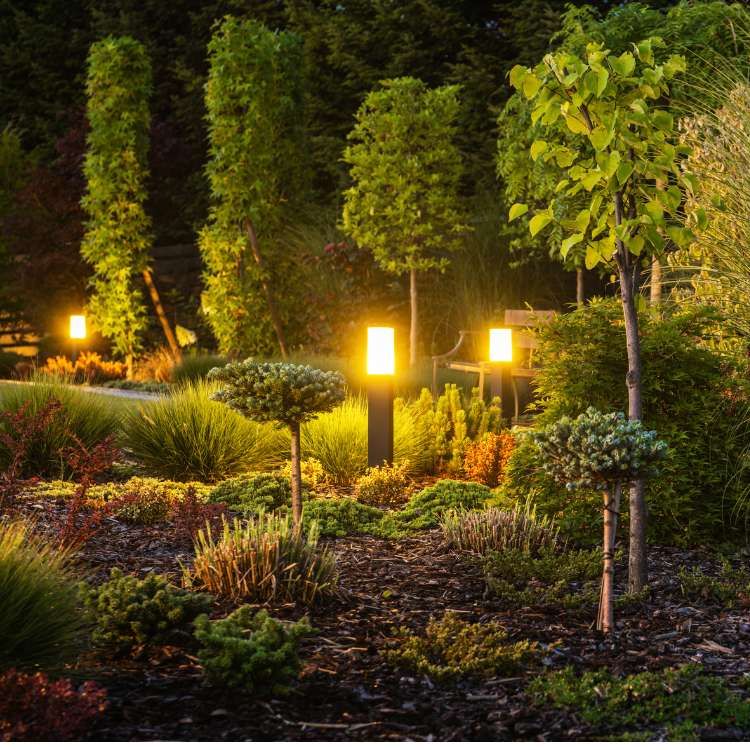
In today’s world, technology offers additional layers of security. Let’s look at how tech can help keep your urban garden safe.
Motion-Activated Lights: Deterrence Through Visibility
Thieves and pests prefer to operate in the dark. A well-lit garden, on the other hand, is a strong deterrent. Motion-activated lights are energy-efficient and only come on when needed, startling intruders and alerting you to their presence.
Security Cameras: Digital Eyes on Your Green Haven
Security cameras have become more accessible and easier to use. A camera overlooking your garden can provide live feeds to your smartphone, allowing you to keep an eye on your green haven from anywhere. And if something does happen, you have evidence at your fingertips.
With these tech tips in mind, your garden is not just a patch of earth—it’s a smart, secure haven. But technology isn’t the only way to boost your garden’s defenses.
Companion Planting: Strengthen Your Garden’s Defenses
When it comes to securing your garden, don’t overlook the power of companion planting. This ancient practice not only maximizes crop productivity but also fortifies your plants against pests and diseases.
Beneficial Insects: Allies in Protecting Your Plants
Introducing plants that attract beneficial insects can create a living security system. Ladybugs, praying mantises, and lacewings are natural predators to common garden pests. By planting flowers like marigolds, sunflowers, and daisies, you invite these helpful critters to take up residence in your garden, keeping harmful bugs at bay.
Interspersing Aromatic Herbs: Natural Pesticides
Aromatic herbs like lavender, basil, and mint are not just for cooking—they’re also excellent at repelling unwanted insects and animals. Their strong scents mask the smell of your vegetables, confusing pests and making your garden less attractive to them. This natural approach reduces the need for chemical pesticides, keeping your garden safe and organic.
Organizing for Safety: Structuring Your Urban Garden
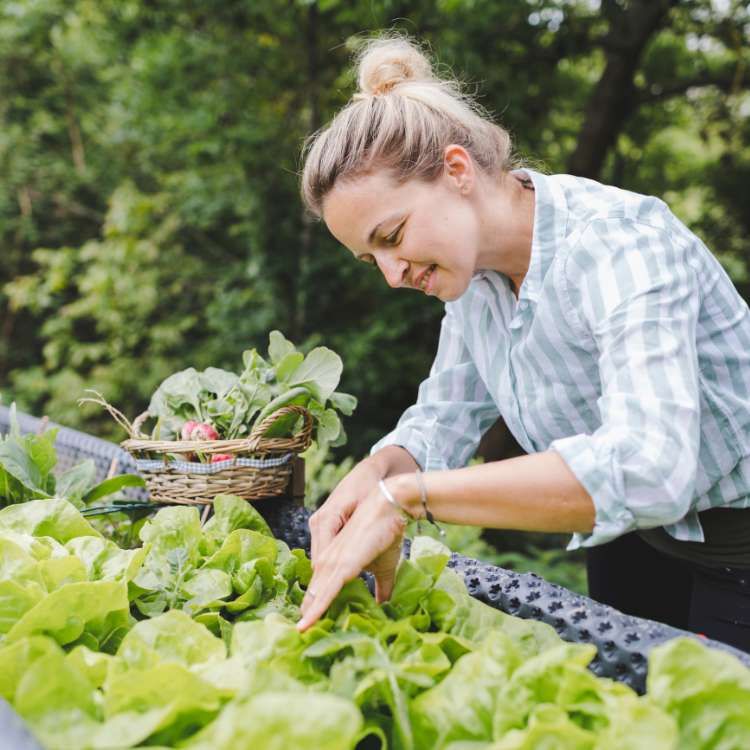
Organization is key to a secure urban garden. A well-planned garden minimizes hiding spots for pests and thieves and makes it easier for you to monitor your plants. For more tips on maintaining a safe urban garden, check out these urban-gardening safety tips.
Raised Beds and Vertical Gardening: Maximize Space and Security
Raised beds and vertical gardening not only save space but also make it harder for pests and intruders to reach your plants. Elevated planters keep your crops out of reach from small animals and can be secured with hardware cloth to prevent digging. Vertical structures like trellises and wall planters take advantage of upward space, making your garden less accessible to unwanted guests.
Choose sturdy materials for raised beds, such as untreated wood or metal.
Secure the bottoms of raised beds with wire mesh to deter burrowing animals.
Use trellises, cages, and wall planters for climbing plants to keep them off the ground.
These structural changes not only enhance security but also give your garden a tidy, organized appearance. For more detailed strategies, explore our guide on survival gardening for climate resilience.
Pathway Design: Controlling Flow and Access
Pathways are more than just a means to walk through your garden; they guide visitors and create barriers to protect your plants. Design paths that are wide enough for easy access but narrow enough to discourage anyone from stepping into the garden beds. Gravel or wood chips can be used as materials that make noise when walked on, alerting you to any activity in your garden.
Consider the following when designing your pathways:
Keep pathways clear and free of overgrowth to maintain visibility.
Use pathway materials that contrast with your planting areas for a clear distinction.
Design paths to lead visitors to seating areas or focal points, away from sensitive plants.
Example: One urban gardener created a winding path through their garden with repurposed bricks, which not only added charm but also effectively directed foot traffic away from young seedlings.
Now that we’ve discussed organizing your garden for safety, let’s turn our attention to practices that ensure a healthy and contaminant-free environment for your plants.
Implementing Safe Gardening Practices to Prevent Contamination
Urban gardens can be exposed to various contaminants, so implementing safe gardening practices is crucial for the health of your plants and those who enjoy them.
Soil Testing: The Foundation of a Healthy Garden
Before planting anything, test your soil. Soil testing kits are readily available and can tell you if your soil contains harmful chemicals or heavy metals. If contaminants are found, consider using raised beds with clean soil or grow plants that can help remediate the soil over time.
Soil testing also informs you about nutrient levels, which is essential for plant health and growth. Adjusting soil composition based on test results can lead to a more robust and resilient garden.
Composting: Manage Waste Responsibly
Composting is an excellent way to manage garden waste and improve soil health. By composting organic material, you reduce landfill waste and create a nutrient-rich amendment for your garden. Just be sure to maintain your compost pile properly to prevent attracting pests.
Remember, healthy plants are better equipped to resist pests and diseases, making them less vulnerable to security threats.
Community Involvement: Creating a Neighborhood Watch for Your Garden
A secure garden benefits from a community approach. Involving neighbors and local gardening groups can create a network of watchful eyes, deterring would-be intruders and vandals.
Building Relationships: Engage Neighbors for Collective Security
Get to know your neighbors and share your gardening goals with them. A community that knows and cares about your garden is more likely to look out for it. Organize neighborhood garden tours or plant swaps to foster relationships and create a sense of shared responsibility.
When neighbors are involved, they’re more likely to report suspicious activity or offer a helping hand in maintaining the garden’s security.
Community Programs: Gardening Together for Increased Vigilance
Community gardening programs bring people together with a common goal: growing and protecting their gardens. These programs often include workshops on garden security, where you can learn from others’ experiences and share your own insights.
Participating in such programs not only improves the security of your own garden but also contributes to the well-being of the entire community’s green spaces.
By now, you’ve learned various strategies to fortify your urban garden against threats. But what if you could enhance your garden’s security with curated products designed for garden protection? In the next part of our article, we’ll explore how investing in the right products can provide the ultimate peace of mind for urban gardeners.
Now, let’s focus on taking the final steps to secure your urban garden. With the right products and a bit of know-how, you can create a sanctuary that’s not only lush and productive but also safe and secure.
Ready to Fortify Your Urban Oasis?
Ensuring the security of your urban garden can be straightforward with the right tools and strategies. Let’s explore some of the curated products that can help protect your green space.
Curated Security Products
When it comes to garden security, certain products stand out for their effectiveness and ease of use. Here are some top recommendations:
Motion-activated solar lights to illuminate your garden at night without increasing your energy bill.
Wireless security cameras that connect to your smartphone, allowing you to monitor your garden from anywhere.
Lockable garden gates with tamper-proof hardware to prevent unauthorized access.
Durable, weather-resistant fences that provide a strong physical barrier.
And don’t forget about nature’s own security solutions—thorny plants for perimeter planting and aromatic herbs to deter pests. If you’re ready to invest in your garden’s security, check out Survival Essentials for a selection of products that can help you create a safe and thriving urban garden.
Benefits of Investing in Your Garden’s Security
Investing in your garden’s security isn’t just about preventing loss—it’s about peace of mind. Here are some benefits:
Protection of your investment in plants and gardening equipment.
Increased enjoyment and relaxation, knowing your garden is safe.
Enhanced property value through an attractive and secure outdoor space.
Encouragement of biodiversity and sustainability within your urban ecosystem.
With these benefits in mind, securing your garden becomes an investment in your overall quality of life.
Frequently Asked Questions
As you embark on your journey to secure your urban garden, you may have some questions. Let’s address a few common ones:
How can I protect my urban garden from theft?
To protect your urban garden from theft, consider:
Installing a secure fence and lockable gate around your garden.
Using motion-activated lights to deter thieves at night.
Planting thorny bushes or dense hedges along the garden’s perimeter.
Investing in a security camera system to monitor and record activity.
What are the most cost-effective security measures for an urban garden?
Cost-effective security measures include:
Diy deterrents like homemade scarecrows or reflective objects that move in the wind.
Creating a community watch program with neighbors to keep an eye on each other’s gardens.
Using mulch or gravel on pathways, which create noise when stepped on and can alert you to intruders.
Can technology really help keep my garden safe?
Yes, technology can play a crucial role in garden security. Smart security cameras and lighting systems are effective tools that can be controlled and monitored from your smartphone, providing real-time updates and alerts.
How does community engagement contribute to my garden’s security?
Community engagement contributes to garden security by fostering a sense of collective responsibility. When neighbors are involved and aware, they can help watch over the garden, report suspicious activity, and even help in emergency situations.
Are there plants that can naturally deter pests and intruders?
Absolutely. Plants like rosemary, lavender, and marigolds can deter pests due to their strong scents, while thorny plants such as roses and blackberries can act as natural barriers against intruders.
In conclusion, securing your urban garden is a multifaceted endeavor that involves a combination of physical barriers, technological aids, natural deterrents, and community involvement. By taking proactive steps and investing in the right products, you can protect your urban oasis and enjoy the fruits of your labor without worry. Remember, a secure garden is a thriving garden, and with these urban-gardening safety tips, you’re well on your way to creating a green space that’s not just productive, but also peaceful and protected.



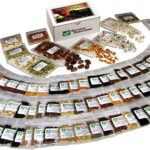

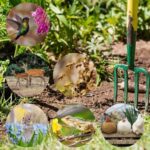

Leave a Reply